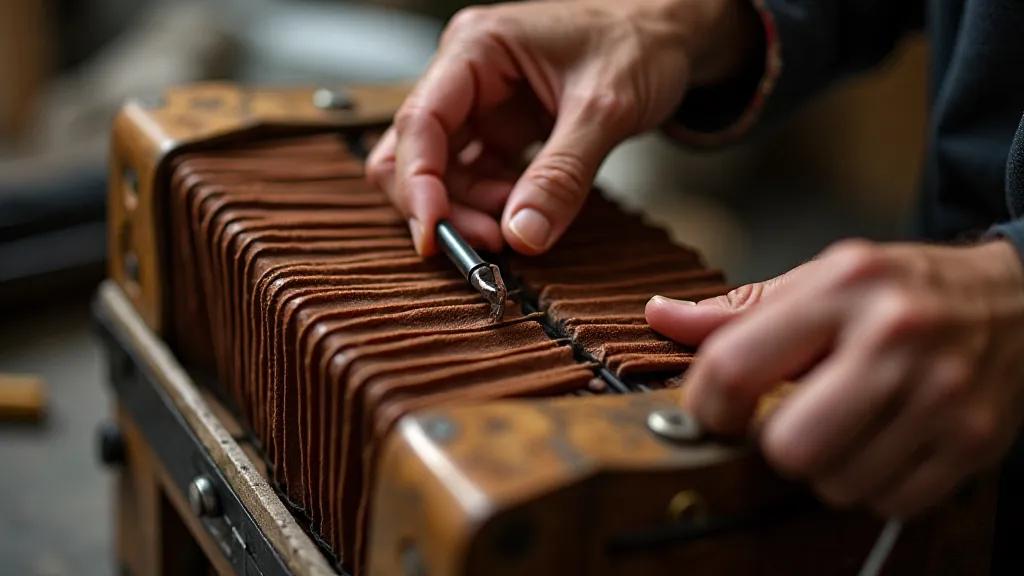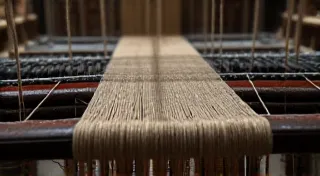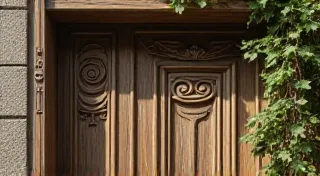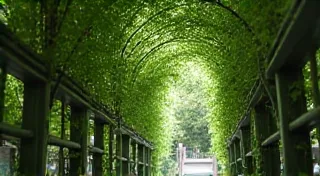Borrowed Light: The Influence of Migration on Regional Speech Patterns
There's a quiet melancholy to antique accordions. Not a sadness born of neglect, but one that speaks of countless gatherings, of laughter and tears echoing within their bellows, of stories carried across generations. Each key, each button, holds a faint trace of the hands that once coaxed music from it. And just as these instruments absorb the sonic fingerprints of their players, regional dialects absorb the linguistic fingerprints of migrating populations. Language isn't static; it's a living, breathing entity, constantly shaped by contact and exchange. This article explores how migration patterns leave indelible marks on regional speech, leading to fascinating linguistic fusions – a phenomenon I like to think of as “borrowed light,” the way new populations illuminate the existing linguistic landscape.
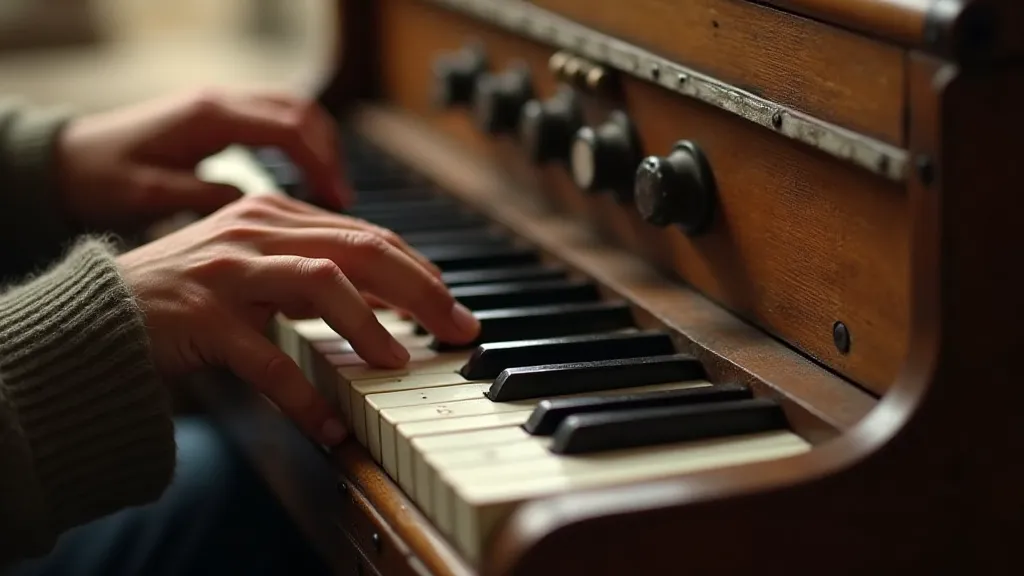
The Tapestry of Language: A Constant Weave
Imagine a tapestry, painstakingly woven over centuries. Each thread represents a linguistic feature - a particular pronunciation, a unique word, a distinct grammatical structure. Now, picture someone bringing new threads to the loom. They might subtly alter the pattern, add unexpected colors, or even introduce entirely new motifs. That’s precisely what happens when people move and settle in new areas. These newcomers don't simply adopt the existing dialect; they bring their own linguistic baggage, and a complex interplay begins.
Historically, large-scale migrations have always been catalysts for linguistic change. Think of the Norman Conquest of England in 1066. The influx of French-speaking Normans didn’t erase the existing Anglo-Saxon language, but it irrevocably altered it, contributing vast numbers of French loanwords and influencing grammatical structures. Similarly, the colonization of the Americas resulted in profound linguistic shifts, with indigenous languages merging with European tongues, creating entirely new dialects and creoles. The forces at play are so powerful, and the effects so enduring, that they ripple across generations, impacting everything from literature to social interaction.
The Appalachian Echo: A Case Study in Cultural Fusion
Consider the Appalachian region of the United States. Its dialect is famously archaic, retaining elements of 17th and 18th-century English that have largely disappeared elsewhere. This is partly due to its geographic isolation, but it’s also a product of the diverse populations who settled there – Scots-Irish, English, German, and African Americans, among others. Each group contributed to the unique blend of linguistic features that define Appalachian speech. The region’s isolation initially protected it, but ultimately, the influx of various cultures created something truly special.
For example, the influence of Scots-Irish settlers is particularly evident in the use of "a-prefixing" (e.g., "a-huntin’," "a-fishin’") and the retention of certain grammatical constructions. African American communities brought their own unique vocabulary and phrasing, which gradually permeated the broader dialect. German immigrants, though fewer in number, contributed words and expressions relating to agriculture and craftsmanship. It’s a linguistic stew, simmered over centuries, each ingredient subtly altering the flavor. The transmission of these nuanced expressions and grammatical structures often relies heavily on the wisdom and guidance passed down through generations – a task often undertaken by community elders. Preserving this knowledge is paramount, and often requires dedicated effort to ensure its continued vitality.
My grandfather, a native of rural West Virginia, used phrases I've never heard anywhere else. His stories were often punctuated with idiosyncratic expressions – a linguistic echo of a past that felt both familiar and distant. He’s gone now, but I carry his words with me, a linguistic inheritance passed down through generations. Trying to perfectly capture his dialect in writing is futile; it was more than just the words themselves, but the cadence, the rhythm, the subtle intonations that conveyed a lifetime of experience. It was a language shaped by landscape, hardship, and unwavering community spirit.
The Rust Belt’s Resonance: Industrial Migration and Linguistic Drift
The 20th century witnessed massive internal migrations within the United States, particularly during the industrial boom. The Great Migration, for instance, saw millions of African Americans move from the rural South to northern cities in search of economic opportunity. This movement had a significant impact on the dialects spoken in those cities – Chicago, Detroit, Cleveland, and others. The sheer scale of this migration fundamentally reshaped the linguistic landscape of the North.
When people from different regions settle in the same area, they rarely completely shed their original dialects. Instead, a process of accommodation and compromise begins. Speakers might unconsciously adopt certain features of the local dialect to better integrate, while simultaneously retaining elements of their native speech. This can lead to the emergence of hybrid dialects, characterized by a blend of different linguistic influences. The process isn’s always seamless, of course. Sometimes, conflict arises, or subtle biases emerge, reflecting the complex social dynamics at play.
The Rust Belt’s dialects offer compelling examples of this phenomenon. The influx of Southern migrants to cities like Cleveland and Pittsburgh resulted in a convergence of Southern and Northern speech patterns. You might hear a Midwestern accent subtly colored by Southern intonations, or a Southern accent gradually influenced by the surrounding urban dialect. These are the linguistic footprints of migration, subtly reshaping the sonic landscape. Maintaining and understanding these complex interactions requires an awareness of the social and historical context in which they occur – a task demanding empathy and careful observation.
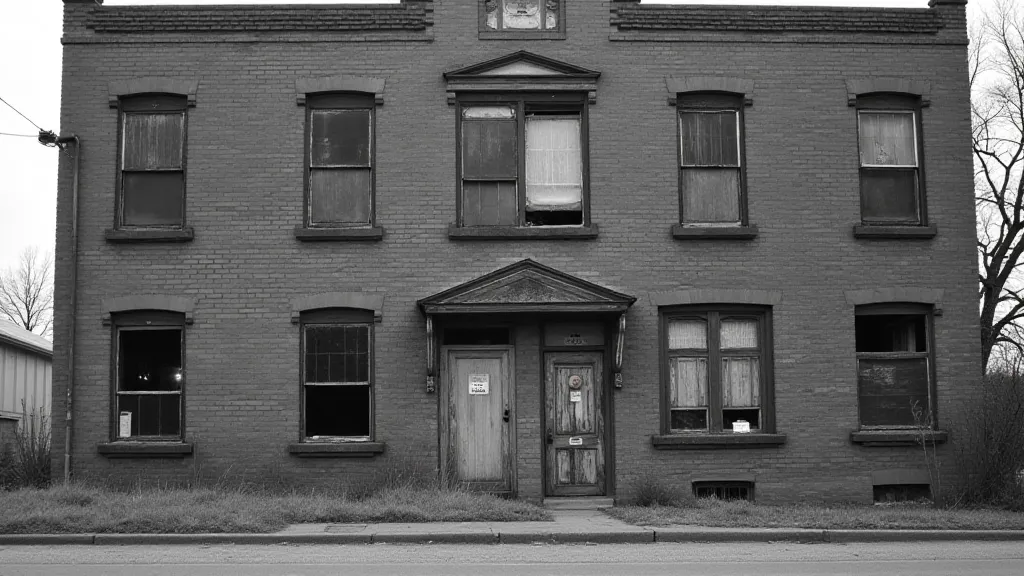
Beyond Words: Craftsmanship and Linguistic Preservation
There’s a parallel to be drawn between the preservation of antique accordions and the preservation of regional dialects. Just as these instruments require careful restoration and maintenance to retain their original character, regional dialects require conscious effort to preserve their unique features. The craft of accordion restoration isn't simply about replacing broken parts; it’s about understanding the instrument's history, appreciating its construction, and respecting its legacy. Similarly, linguistic preservation isn't about freezing a dialect in time; it’s about valuing its diversity and recognizing its cultural significance. Sometimes, the most vulnerable aspects are those often overlooked - the nuances of pronunciation or turns of phrase that encapsulate a community’s identity.
The meticulous craftsmanship involved in restoring an accordion – the precise alignment of reeds, the careful re-leathering of bellows, the delicate repair of wooden components – reflects a deep respect for the instrument’s heritage. Likewise, linguists and community members who document and celebrate regional dialects are performing a similar act of preservation, ensuring that these linguistic treasures are not lost to the homogenizing forces of globalization. The passing of linguistic knowledge often relies on the elders of a community. It's a vital role, and ensuring that they have the tools and support to fulfill it is essential for the preservation of dialectal diversity – a principle emphasized by those dedicated to preserving dying dialects.
The Future of Dialects: A Tapestry Unfolding
As migration continues to shape our world, regional dialects will inevitably continue to evolve. The influence of mass media, the rise of the internet, and the increasing mobility of populations are all contributing to a blurring of linguistic boundaries. While some fear this homogenization, it also presents opportunities for linguistic innovation and creativity. New dialects will emerge, new words will be coined, and existing dialects will adapt to the changing social landscape. The dynamic nature of language means that it's always in flux, constantly adapting and evolving in response to social and cultural shifts.
Perhaps the "borrowed light" of future migrations will bring entirely new colors to the tapestry of language, creating patterns we can’t yet imagine. The key is to remain open to these changes, to value the diversity of human expression, and to appreciate the profound connection between language, culture, and identity. Just as an antique accordion carries the echoes of generations past, regional dialects hold the stories of our shared human experience. And those stories deserve to be heard, cherished, and preserved. The impact of broader social trends, and the efforts to safeguard this precious heritage, form a compelling narrative deserving of further exploration.
